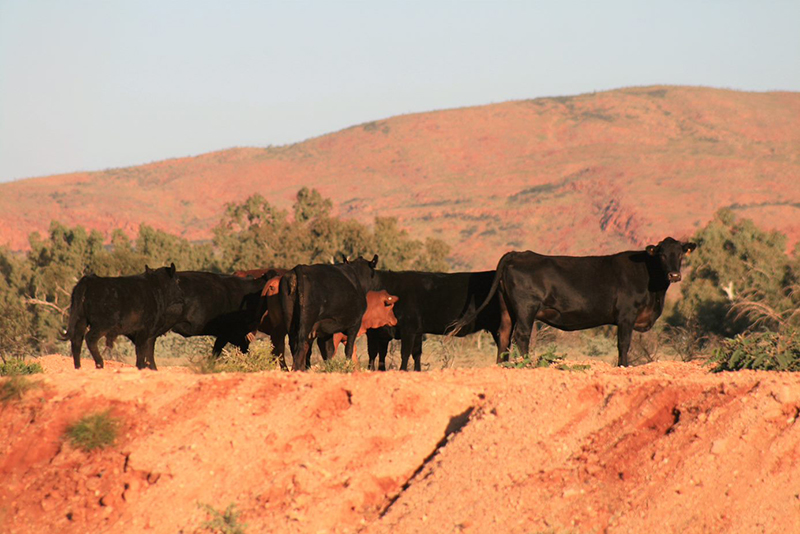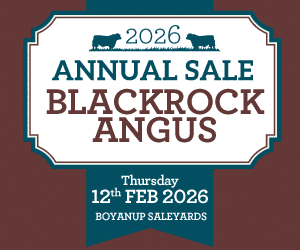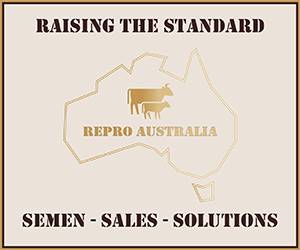The East Pilbara region of northern Western Australia is an area that sets records. It is the largest shire in the world – larger in fact than the state of Victoria, encompassing some 372,571 km2. It also includes the township of Marble Bar, officially known as one of the hottest places in Australia, with highest temperatures recorded since the year 2000 of 49.3c (Dec 2018), 49.1c (Jan 2019) and 47.4c (Mar 2019) recorded respectively.
Encircling Marble Bar is ‘Limestone Station’, a pastoral lease of approximately 2500 km2 and where Angus and Angus influenced cattle have prospered for the last 22 years, forming the backbone of the beef breeding enterprise, managed by the Brooks family.
Genetics and performance data have featured strongly in the success of the enterprise with a strong focus on structure and confirmation as well as Estimated Breeding Values (EBVs), particularly around fertility, growth and carcass traits. Indeed, the strong emphasis on commercial outcomes – the ability for cattle to be able to move around freely, look after themselves, raise a calf which is then able to grow and meet market requirements, further underpins the whole operation. And where Limestone Station is geographically located also plays an important part in survivability of cattle. This necessitates the selection of Angus genetics with a sleek coat, thereby improving adaptability to heat given the mean number of days of above 30c from the period 2000 to 2019 at 274 days (75% of the year > 30c) annually.
Extending on the Brooks family focus on genetics and performance, every single breeding female on Limestone Station’s 3000 head breeding herd is tested and recorded on pregnancy status, weight, body condition score and foetal ageing through WA based veterinarian services. Individual results are then recorded against the relevant NLIS tag, which when combined with genetic selection on sires and selected EBV’s, are helping to produce an increasingly fertile, high performing herd with an average preg–test rate of 85%.
Angus Australia acknowledges the funds provided by the Australian Government through the Meat & Livestock Australia Donor Company (MDC).
This resource was created as a result of a collaboration between Angus Australia and Meat & Livestock Australia Donor Company (MDC) (Project P.PSH.1063).








